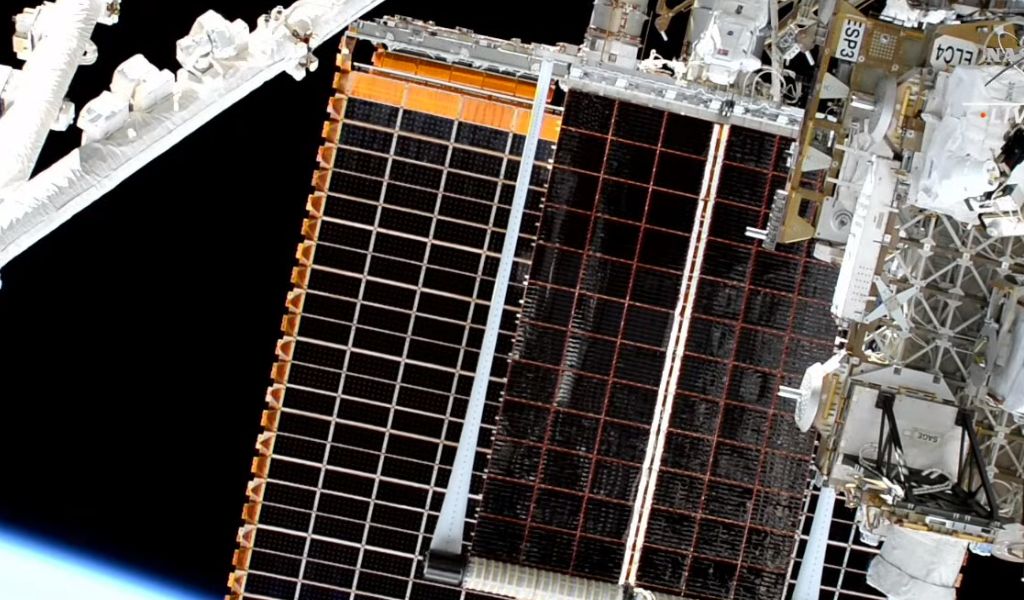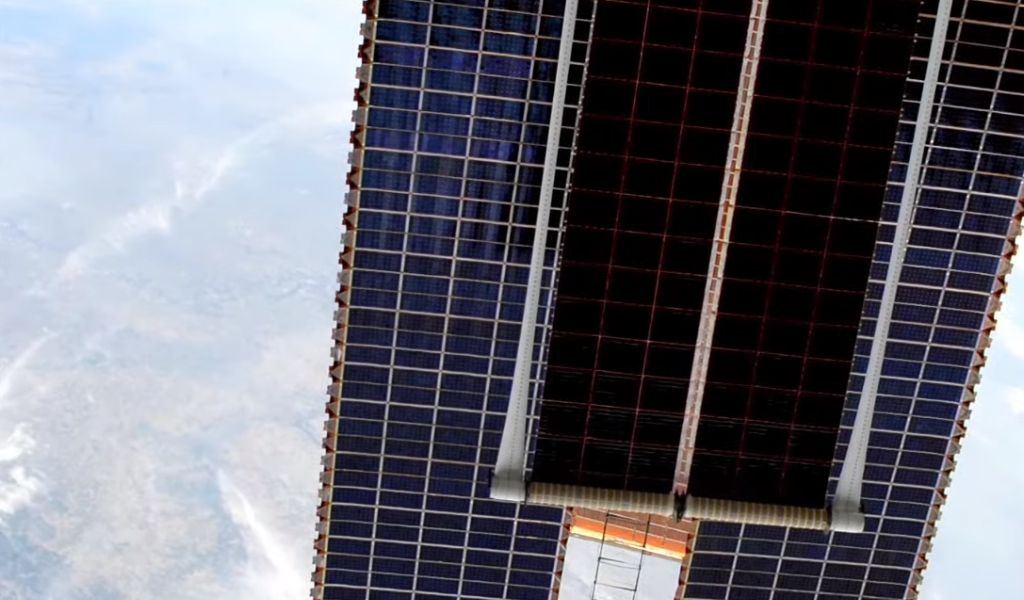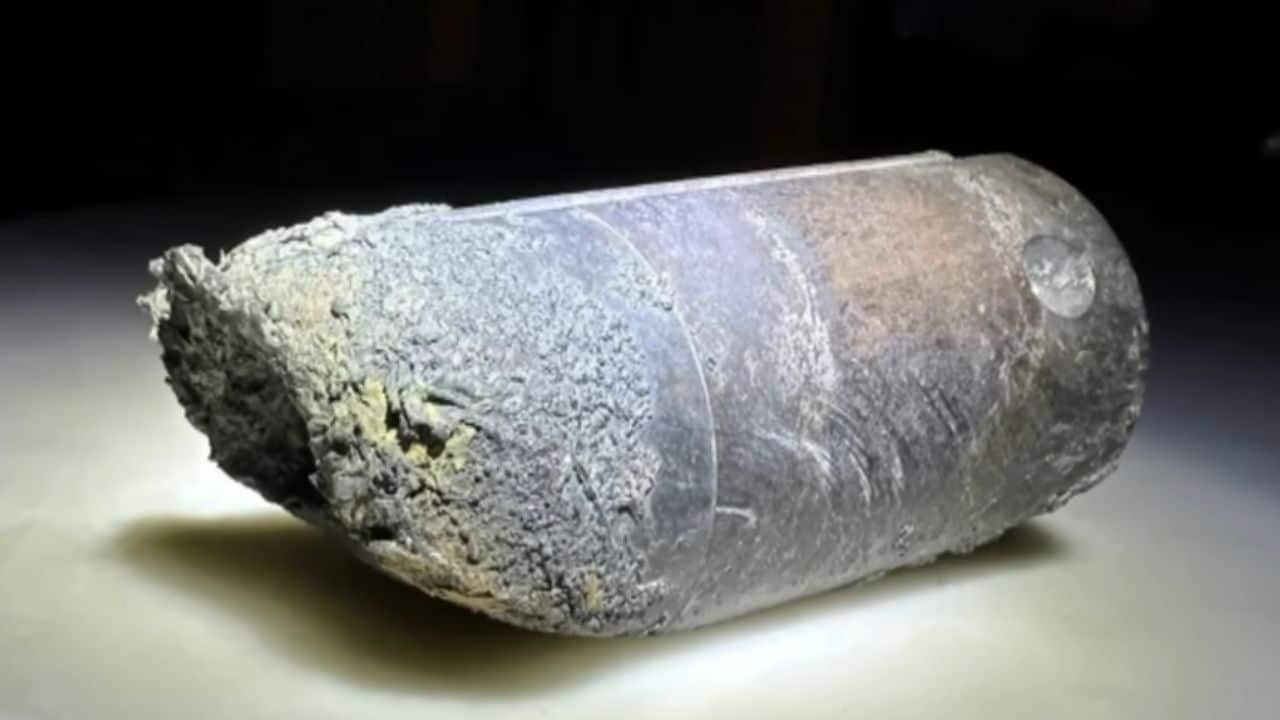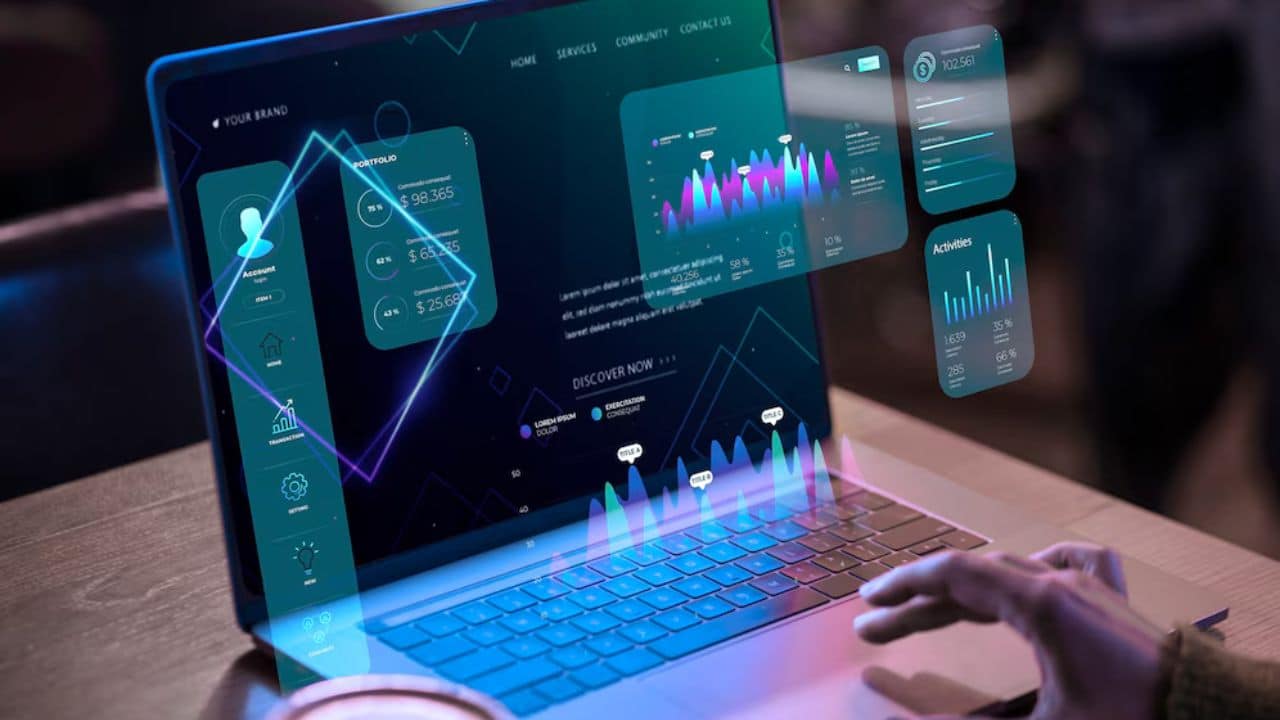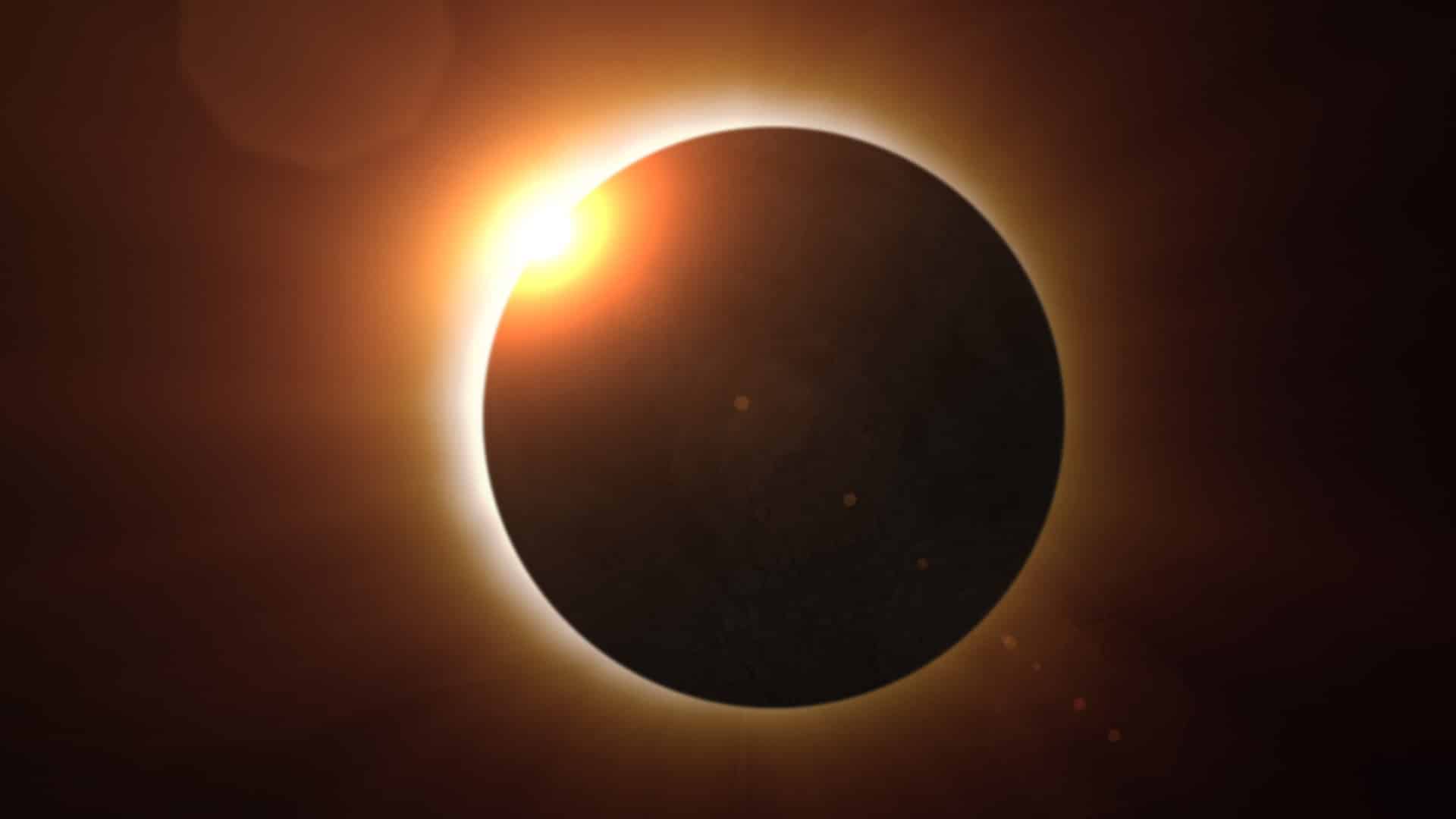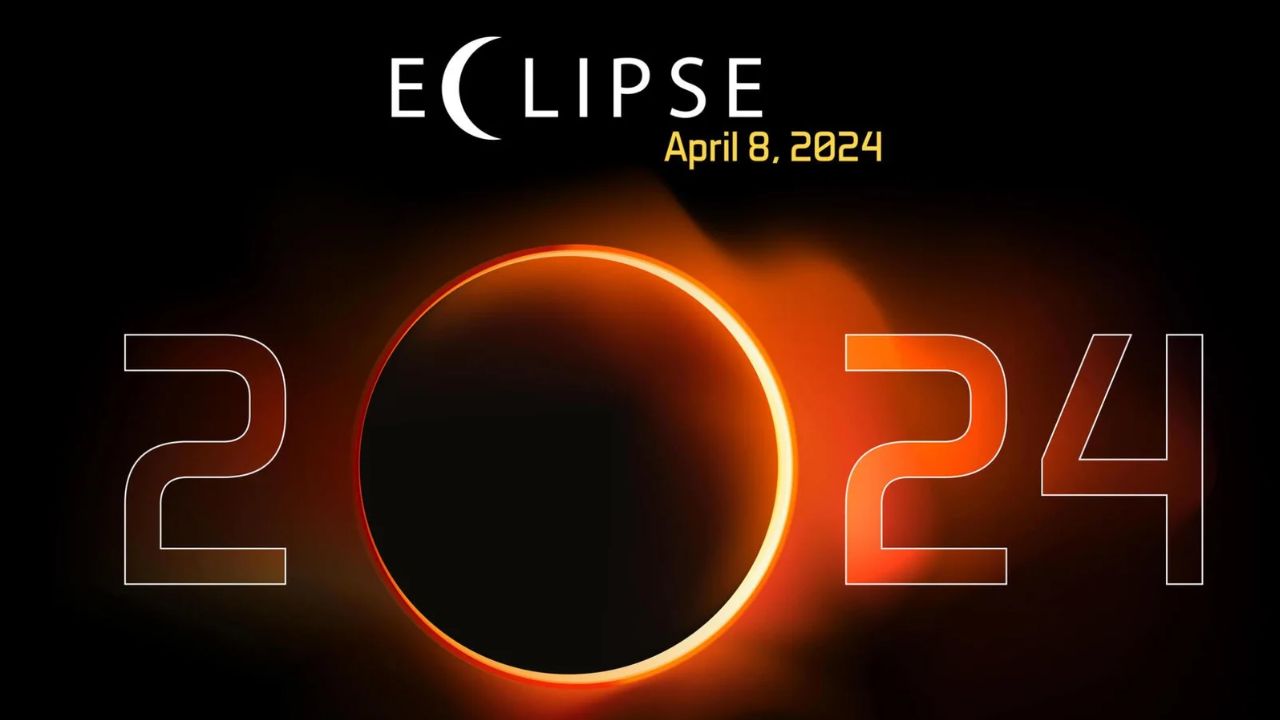Two astronauts went outside the International Space Station on Friday to put up the fifth of six roll-out solar array blankets, or iROSAs. These blankets are needed to protect the lab’s original solar wings from damage caused by age and small meteors.
At 9:25 a.m. EDT, Stephen Bowen, who was on his ninth spacewalk, and Woody Hoburg, who was on his first, switched their spacesuits from solar energy to battery power while floating in the Quest airlock. This was the start of the 264th spacewalk to build and maintain the ISS, and the seventh so far this year.
NASA is improving the ISS’s solar power system by adding six iROSAs to the eight U.S. arrays that are already there. During space walks in 2021 and 2022, the first four roll-out blankets were put in place. Bowen and Hoburg put the fifth one in place during their spacewalk on Friday. They plan to put the sixth one in place during another spacewalk on Thursday.
This week, the two new iROSAs were sent to the space station in the trunk of a SpaceX supply Dragon, which is not pressurized. Wednesday, the lab’s robot arm took them out and put them on the power truss on the right side of the station, just inside the port wings.
The astronauts had no trouble taking the first 750-pound iROSA off of its pallet carrier so that Hoburg, which was attached to the end of the robot arm, could take it to the installation site. Bowen met him there, and they connected it to a mounting fixture that was already there.
As the station traveled 260 miles above the Great Lakes, the 63-foot-long solar array slowly unwound like a window shade to its full length. At that point, the spacewalkers were well ahead of schedule, so they did a number of jobs to save time for when they go back outside next week to install the second new iROSA.
At 3:28 p.m., they went back to the airlock and started repressurization processes. This ended the 6-hour, 3-minute spacewalk. Bowen is now fifth on the list of the world’s most experienced spacewalkers, with nine spacewalks that added up to 60 hours and 22 minutes.
“I want to congratulate the team on a great EVA. You guys did a great job today,” Jenni Sidey-Gibbons, a Canadian astronaut and mission control reporter, said over the radio. “Woody, congrats on your first spacewalk! Steve, congrats on your ninth. Lastly, congratulations to everyone on Crew 6 on reaching your 100th day in space. It’s been a doozy.”
The space station has four big solar wings, two on each side of the power truss of the lab. Each wing is made up of two blankets that are 39 feet wide and 112 feet long. The first two-blanket wing was put into service in December 2000, and more were supplied in 2006, 2007, and 2009.
Eight electrical lines, two on each wing, get power from the arrays. When the space station is in the sun, the panels charge the batteries and power the many systems in the lab. When night comes, the batteries give the station the power they have saved.
Solar cells lose power over time, so NASA is adding the iROSAs to the current power system at a cost of $103 million to make up for the loss. Each of the new 20-foot-wide roll-out arrays can make more than 20 kilowatts of power when fully extended at an angle from the base of an old solar panel.
When you add up the 95 kilowatts of power that the original eight panels gave off, the updated system at the station will give off about 215,000 kilowatts. Even though the iROSAs cast shadows on the original equipment arrays below, the total output will be higher than what the older wings produced when they were new.

